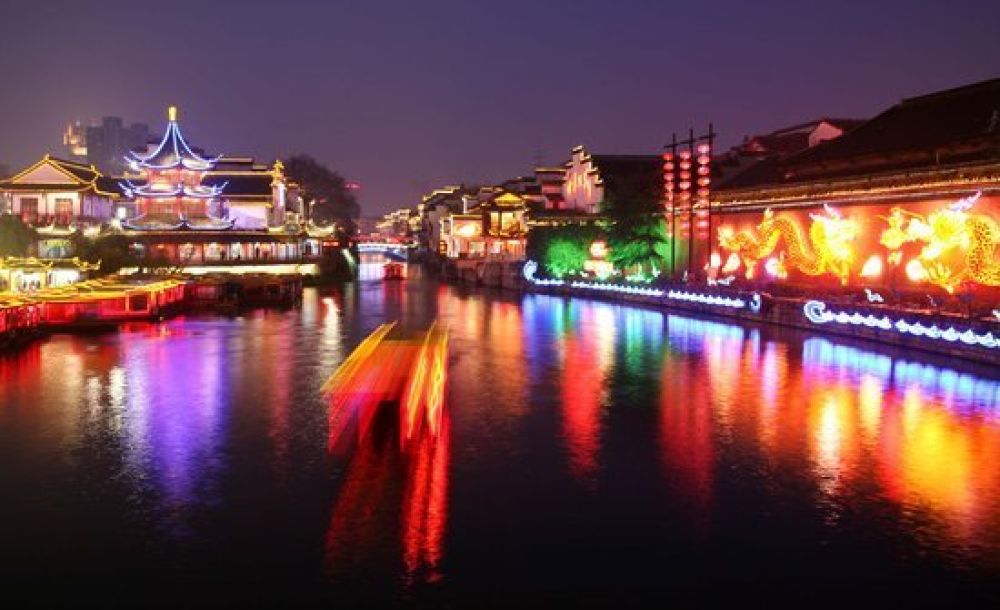

The Confucius Temple, known locally as Fuzimiao, has been an important cultural and educational site since its construction during the Song Dynasty around the year 1034. It serves as a key historical testament to Confucianism's influence in Chinese society. Initially built for offering sacrifices to the great philosopher Confucius, over centuries, Fuzimiao evolved into a complex encompassing a temple, a school, and various other buildings.
Tourism at Fuzimiao can be traced back to the Qing Dynasty when it became a renowned cultural district, attracting people interested in its educational history and traditional Chinese architecture. Visitors were enthralled by its intricate stone carvings, solemn halls, and the elegant Qinhuai River that fronts the temple complex.
The cultural revolution in China saw a decline in the significance of many historical sites, including Fuzimiao. However, with China's economic reforms in the late 20th century, there was a revival of interest in the nation's cultural heritage. The temple was renovated in the 1980s and reopened to the public, which marked a new beginning for tourism at this historic site.
In the contemporary setting, Fuzimiao has become a thriving hub for tourists seeking to experience Chinese traditional culture. The area around the temple has been developed into a bustling commercial zone, featuring souvenir shops, traditional teahouses, and street food vendors, which merge the ancient with the modern.
Recent tourism trends have seen Fuzimiao become more interactive and engaging. Tourism authorities have introduced activities such as calligraphy demonstrations, cultural festivals, and even immersive technology to enhance the visitor experience. Tourist amenities have greatly improved, providing a comfortable and accessible experience for both domestic and international visitors.
The Confucius Temple area stands as an excellent example of China's dedication to preserving its rich history while adapting to the increasing demands of modern tourism. With an ever-growing international interest in authentic cultural experiences, Fuzimiao's blend of history, education, and commerce ensures it remains a key attraction in Nanjing's tourism profile.
Today, tourists can visit Fuzimiao throughout the year with peak tourist seasons aligning with major Chinese festivals. Audio guides and guided tours are available in multiple languages, making the rich history of Fuzimiao accessible to a diverse audience.
The combination of the historical significance of the Confucius Temple, the charm of the surrounding neighborhood, and the welcoming atmosphere for tourists continue to make Fuzimiao a must-visit destination for anyone traveling to Nanjing.